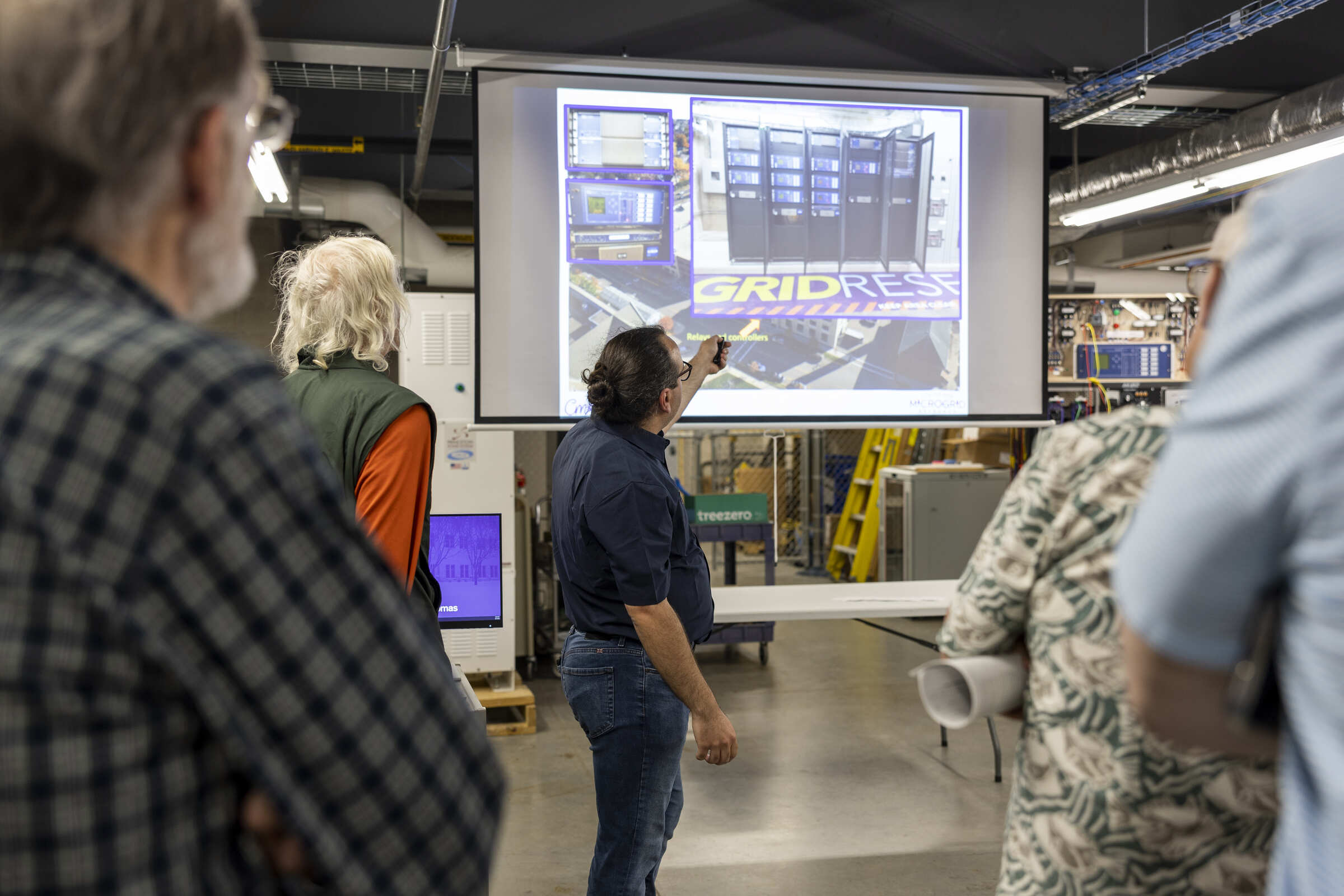By Fay Harvey
SAINT PAUL, Minn. — In collaboration with Bright.Green, a U.K.-based appliance and electrical manufacturer, the University of St. Thomas, a private research institution in Saint Paul, Minn., announced a $2 million investment to advance cutting-edge research in microgrid technology. The funding will support the expansion of the university’s’ existing microgrid facility, making St. Thomas a leader in the development of the nation’s first networked microgrid systems.
Microgrids—small, hyperlocal networks of electricity that function independently from the country’s main power grid—are essential in hospitals, schools and security facilities where power is critical. Researchers are also finding space for microgrids in carbon-negative energy production, decentralized power solutions, electric vehicle (EV) testing and advanced grid technology on a wider national scale.
Located in Minnesota’s Twin Cities metro area, the university’s Center for Microgrid Research (CMR) is the only student-driven institution of its kind in North America. Primarily housed in the Facilities and Design Center on St. Thomas’ campus, the space features an 8-kilowatt solar PV array located on the roof as well as a 50-kilowatt biofuel generator and 125-kilowatt lead acid storage battery in the basement.
The expansion will include the construction of a new 6,000-square-foot facility across the street from the existing structure to surround the university’s second microgrid and will feature large roll-in bays for EV charging and research. When completed, the facility will also power most of the university’s south campus.
“This facility will be among the most advanced in the world, developing groundbreaking solutions for grid modernization, energy security and next-generation workforce training,” said Mahmoud Kabalan, Ph.D., the university’s newly established Bright.Green director for the CMR, in a statement.
Beyond facility construction, St. Thomas administrators will put a portion of the project funding towards AI-driven power management to continue the development of novel sustainable energy solutions.
“This initiative is not just about research—it’s about creating real-world models for energy independence and security,” said Bright.Green’s Jason Bright, the company’s principal investor and private equity founder, in a statement. “We’re proud to support Dr. Kabalan and his team in developing next-generation grid technology and ensuring clean, efficient power is accessible to all.”
Rise of the Microgrid Facility
The CMR was in development for nearly 20 years before opening doors in 2020. Once accessible, students and faculty were able to engage in groundbreaking energy research, gain hands-on experience alongside industry professionals and develop microgrid technologies that produce clean energy solutions.
In 2023, approximately $18.5 million in state and federal funding for the CMR allowed the college to begin expansion plans, hire more staff and extend the microgrid’s impact to power parts of campus, including buildings, dorms and parking facilities. Additionally, the U.S. Army Corps of Engineers is collaborating with the center to install microgrids at every military base by 2035 and has contributed to the center’s funding through a direct congressional appropriation.
As climate change and natural disaster rates rise in the nation, the use of a microgrid system could be the future for enhanced climate resilience.
Since 2000, the Midwest has experienced significant weather-related power outages, as the nation’s aging power grid battles ice storms and flooding. The 2023 state funding allocation for the CMR also aligns with the state’s climate reality and its goal of 100% clean energy production by 2040.
The campus’ multiyear expansion is slated to begin construction in the coming months.


